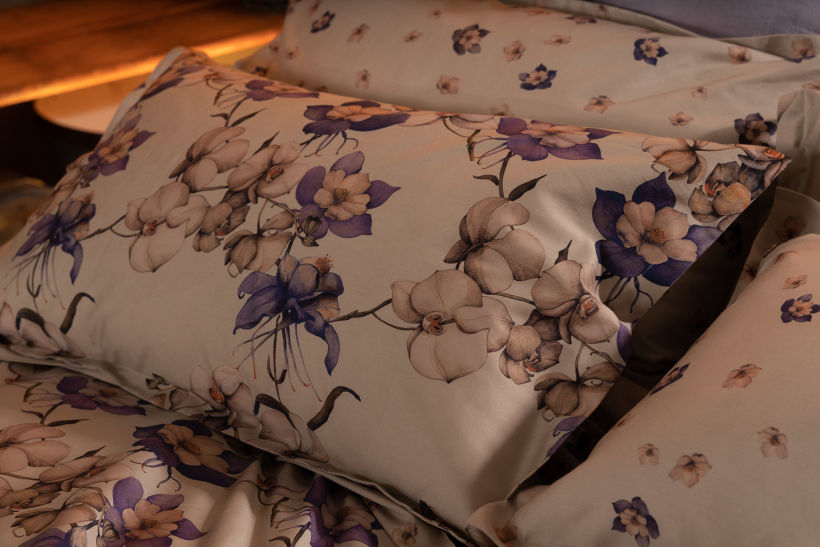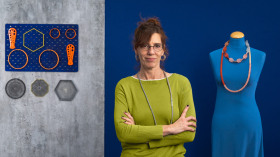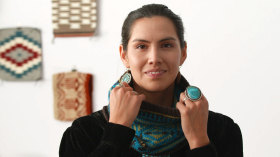From Vision to Creation: The Secret of Marta Cortese to Transform Inspiration into Innovative Textile Design
At the heart of my creativity has always pulsed an insatiable passion for art and design. This passion, cultivated since childhood, led me to explore different artistic spheres, from architecture to textile design. With more than three decades of experience, I share with you not only the fruit of my passion but also the process that transforms an idea into a tangible masterpiece.

The journey of transforming a simple sketch into a creation ready for reproduction on fabrics, wallpapers, or large format panels is complex and requires dedication. It all starts with inspiration, that ephemeral moment when the world around me turns into a palette of creative ideas. A leaf fallen on the sidewalk, the textures of an ancient wall, or the vibrant colors of a sunset, any element can be the spark for a creative idea.
The refinement of the concept is the next step. This process begins with the digitization of hand-drawn designs, a crucial phase that allows us to explore the potential of an idea without limits. Using Photoshop, we work with high-definition images, often scanned at 600 dpi, to ensure that the details and quality are preserved in large-scale reproduction.
Tips for Transforming Drawings into Textile Design:
- Precise Trimming: One of the first steps is to carefully trim the designs. Although this phase may seem simple, it is essential for the final composition. I recommend using a pen and graphic tablet for precision, but even a mouse can be fine for beginners.
- High Definition: Always work with high-definition images. Scan your drawings at 600 dpi to ensure that large formats maintain quality and detail.
- Attention to Detail: Make sure that every element of the design is complete and well-defined. An incomplete object or figure can compromise the final outcome of the design.
- Story and Emotion: Every pattern or texture should tell a story or evoke emotions, creating a unique connection with the observer.
This method reflects not only my professional trajectory but also my vision of the art of design. I believe that, whether in decorating a space or infusing stylistic identity into clothing and products, the ultimate goal is always to create something that resonates with the identity of a brand or an individual.
The transition from architectural to textile design taught me the importance of adaptability and innovation, principles that have become pillars of my professional practice.
I invite all professionals and enthusiasts to learn about my course on Domestika and to dive into the fascinating world of pattern creation. With the right tools, patience, and a touch of creativity, transforming an idea into a tangible masterpiece is not only possible but deeply exciting.







0 comments